I am enticed to write this blog on aromatherapy because I have been mesmerized by aromas all through my life. But it is only recently that I witnessed the healing powers of some of the essential oils. Not all drugs have the ability to awaken our souls. Essential oils have! They energize our mind, body and soul. These natural god-made botanical treasures treat a wide range of physical, mental, emotional and spiritual illnesses. In this article I will be talking about what are essential oils and how are they extracted?
What are Essential Oils?
Essential oils are volatile liquids and aromatic compounds that are distilled or pressed from plants. They are extracted from flowers, seeds, leaves, stems, bark, resin, roots, berries or fruit of the plants. Essential oils can quickly penetrate the skin tissues and can circulate the body in 20 minutes. They contain some of the most powerful anti-oxidants. Each plant and its part have specific or unique scent or fragrance due to essential oils.
Fresh or dried herbs have many therapeutic benefits. For example fresh ginger has many health benefits and it becomes even more therapeutic when used in dried form (called saunth in hindi) and is commonly used in households to cure acute stomach pain, common cold & cough. But do you know that Essential oils are 100 to1000 times more powerful than fresh or dried herbs?
Essential oils extracted from different plant parts
| Flowers | Rose, Chamomile, Jasmine, Lavender, Neroli, Kevda |
| Leaves | Eucalyptus, Peppermint, Palmarosa, Turmeric |
| Resins | Frankincense, Myrrh |
| Wood | Cedarwood, Sandalwood, Pinewood |
| Fruits | Lemon, Orange, Bergamot |
| Berries | Black Pepper, Clove |
| Root | Angelica, Ginger, Vetiver (Khus) |
| Seeds | Cardamom, Carrot, Nutmeg, Fennel |
| Bark | Cinnamon |
| Whole plant | Basil, Citronella, Lemongrass |
Method of Essential Oil Extraction
- Steam distillation
- Cold pressed or expression method
- Solvent extraction (alcohol, benzene, hexane)
- Enfleurage (infusion with fat)
Steam distillation
In steam distillation method, the plant parts are placed inside big containers where they are subjected to heat by water or steam. This separates the molecules and essential oils are released. The steam carrying the essential oil molecules is condensed, collected in another chamber and a mixture of oil and water is produced. Essential oils are then separated from the condensation water and bottled. The residual water containing traces of the oil is called ‘Hydrosol’ and it also has therapeutic properties. For example, Rose essential oil is obtained by steam distillation of fresh rose blossoms and its hydrosol is called Rose water.
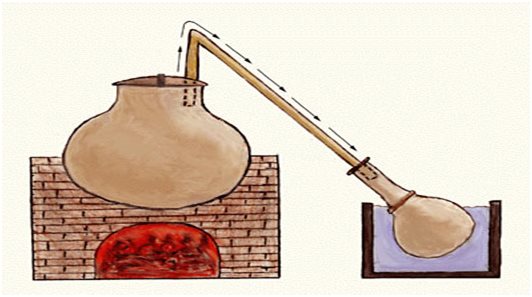
The traditional methods of oil extraction are still favored in many parts of the orb. Steam distillation is by far the most common and widely accepted method for large scale oil extraction. The best quality essential oils are obtained by this method since the amount of steam can be controlled and the plant materials are heated at very low temperatures which protects the oil constituents from any thermal degradation.
Usually essential oils are unstable at high temperatures. Therefore in order to obtain the best quality essential oil it is imperative to maintain the temperatures as low as possible during steam distillation.
Cold pressed or expression method
Cold pressed or expression method is mainly used for citrus fruits like lemon, orange, bergamot etc. In this method the oil glands present in the rind/peel of the fruits are pierced and punctured by placing the fruits in a channel with sharp projections. Then the peel is pressed that releases the oil from the glands. Water is sprayed that separates the oil from the pressed peels. The resultant oil water mixture is separated by centrifugation.
Solvent extraction method
Solvent extraction method is preferred for expensive and fragile plant materials like jasmine, carnation, gardenia, tuberose and some other flimsy plants which cannot tolerate high heat. In this method, solvents such as petroleum ether and hexane are used to extract the aromatic substance from the plant. The first extract called concrete obtained from this method also contains some plant tissues such as chlorophyll, waxes and fats giving it a thick colored appearance. It is then mixed with alcohol (methanol or ethanol) to obtain the second extract called absolute containing the aromatic material.
The major advantage of solvent extraction over distillation is that extraction can be carried out at uniform and very low temperatures (around 500 C). This is the reason why extracted oils more closely resemble the natural aroma of the plants compared to distillation making extracted oils more useful for the perfume and cosmetic industry. The disadvantage with the extraction process is that it incurs higher cost than distillation method.
Enfluerage
Enfluerage is the process of oil extraction where odorless fat is spread in thin layers on a clean surface. Then a layer of plant material is placed over it. In this process, fat absorbs fragrance from the plant material over it. After few hours, the layer of plant material is removed and a new layer of fresh plant parts is spread over the fat. Eventually, the essential oils are extracted from the fat with the help of alcohol. Such a method is preferred where the oil content present in the plant parts is so small that it is not economically viable to follow any other method of oil extraction.
 The fundamental parameters affecting the quality of an extracted essential oil are quality of the plant material, the solvent used for extraction and the method of extraction used. As the demand for natural products in healthcare is increasing worldwide, the essential oil suppliers are focusing on more appropriate extraction technologies so that essential oils of better defined qualities can be produced.
The fundamental parameters affecting the quality of an extracted essential oil are quality of the plant material, the solvent used for extraction and the method of extraction used. As the demand for natural products in healthcare is increasing worldwide, the essential oil suppliers are focusing on more appropriate extraction technologies so that essential oils of better defined qualities can be produced.

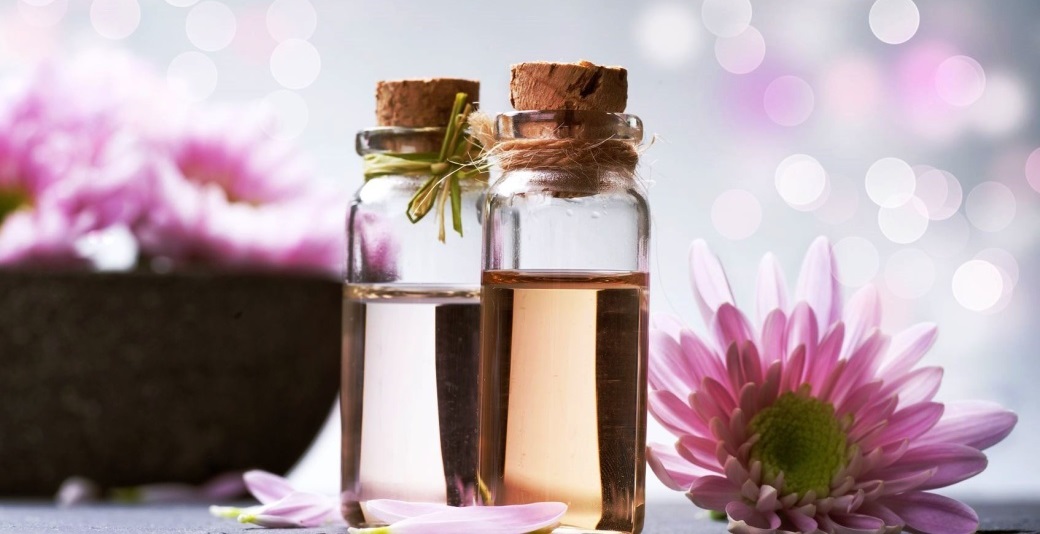
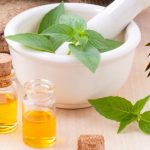

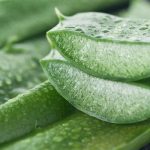

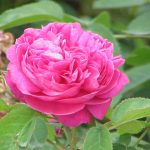
Interesting information!
Thanks Srilatha, I will be sharing the health benefits of individual essential oils in my future posts. Stay tuned…
Hello.This post was really fascinating, especially since I was browsing for thoughts on this matter last Monday.
I am happy you found what you were searching for..:)